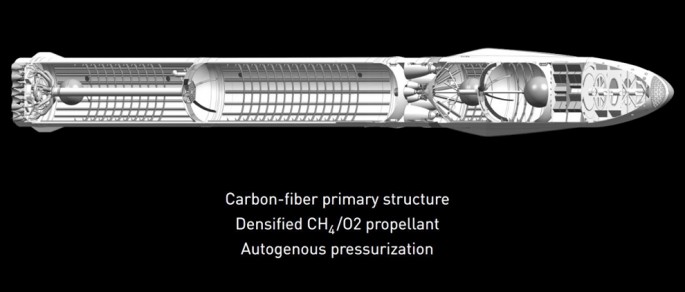SpaceX founder and leader Elon Musk revealed his company's future spacecraft that will take human beyond Mars and further into our solar system will be made of carbon fiber composites.
Musk said his much of the material that will be used to build his SpaceX Interplanetary Transport System (ITS), including its fuel tanks, will made from carbon fiber. ITS will take SpaceX colonists and explorers to land on Mars, probably by 2025, and beyond in the decades ahead.
He made this announcement in late September at the 67th annual International Astronautical Congress in Guadalajara, Mexico after securing a deal last August with Japan's Toray Industries, the world's largest maker of carbon fibers, to supply carbon fibers for the fuselage of his launch vehicles and manned spacecraft.
The multiyear deal worth from $1.99 billion to $2.98 billion will be finalized later this year.
Toray noted that SpaceX now makes its rockets mostly out of aluminum to keep costs low while using carbon fiber only for a few parts such as connecting joints. SpaceX is switching to carbon fibers from aluminum as it develops heavy rockets for carrying people and large amounts of cargo. A lighter body will allow more cargo to be loaded, which will cut transport costs.
The Falcon Heavy rocket, currently under development, will carry more than three times the payload that the Falcon 9, the current model in service. Falcon Heavy is slated for a test launch, probably the end of the year.
SpaceX will start launching satellites in 2017 and carry out a joint unmanned mission to Mars with NASA in May 2018.
Toray's carbon fiber reinforced polymer, carbon fiber reinforced plastic or carbon fiber reinforced thermoplastic (CFRP, CRP, CFRTP or often simply carbon fiber, or even carbon), is an extremely strong and light fiber-reinforced plastic which contains carbon fibers.
Musk said that for SpaceX launches to be cost-effective, it has to be reusable. He noted a trip to Mars currently costs $10 billion per person. SpaceX believes modern technology and the integration of composite materials such as carbon fiber will allow it to slash that cost to only $200,000 per person.



























